Tag: hemodynamics
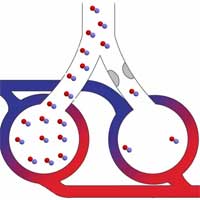
Inhaled Pulmonary Vasodilators
Confusion between inhaled versus intravenous routes for pulmonary vasodilators. For optimal clinical benefit (especially regarding oxygenation), these agents must be given via an inhaled route. The misconception that inhaled... read more
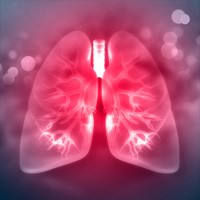
Cardiovascular Phenotypes in Ventilated Patients with COVID-19 ARDS
Approximately two-thirds of patients admitted to the intensive care unit (ICU) for coronavirus disease-19 (COVID-19) pneumonia present with the acute respiratory distress syndrome (ARDS). COVID-19-associated acute cardiac... read more
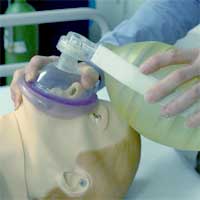
Difficult Bag-Mask Ventilation in Critically Ill Children Is Independently Associated With Adverse Events
Difficult bag-mask ventilation is reported in approximately one in 10 PICU patients undergoing tracheal intubation. Given its association with adverse procedure–related events and oxygen desaturation, future study is warranted... read more
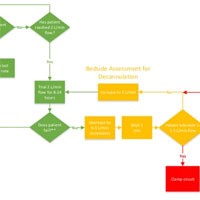
How I Approach Weaning from Venoarterial ECMO
Weaning from VA-ECMO remains a challenging but critically important step in device management. The key is to balance minimizing complications associated with device support with the potential for hemodynamic deterioration... read more

Corticosteroids for Critically Ill COVID-19 Patients with Cytokine Release Syndrome
Approximately 5% of coronavirus disease (COVID-19) patients will require admission to an intensive care unit (ICU). Among these patients, the most severe cases may be mediated by a late-onset systemic inflammatory response... read more

Effects of Paracentesis on Hemodynamic Parameters and Respiratory Function in Critically Ill Patients
Paracentesis in critically ill patients is safe regarding hemodynamic function, renal function and intervention-related complications. Furthermore, paracentesis in critically ill and mechanically ventilated patients results... read more

Clinical Distancing of Patients with Advanced Heart Failure and Cardiac Transplantation During COVID-19
Our hospital system includes a central 825-bed, short term, acute care teaching facility where heart transplantation is performed under regulatory approval. Located 5.5 miles north of this main campus is a 107-bed cardiac... read more
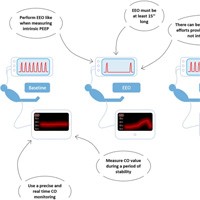
The End-expiratory Occlusion Test
There is growing evidence that the end-expiratory occlusion (EEO) test reliably detects preload responsiveness. It is easier to perform than passive leg raising and has less limitations than pulse pressure variations, provided... read more

Fast Facts for the Critical Care Nurse
This newly updated, quick-access guide for critical care nurses covers the most common admitting diagnoses and reviews their causes, signs and symptoms, and interventions. Critical care nursing requires astute assessment,... read more

Comparison of Echocardiographic and Invasive Measures of Volaemia and Cardiac Performance in Critically Ill Patients
Static echocardiographic variables did not reliably reflect the volume state as defined by estimates of mean systemic filling pressure. There was no statistical or clinically robust relationship between static echocardiographic... read more
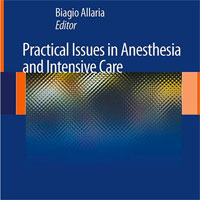
Practical Issues in Anesthesia and Intensive Care
The contents of this book are a selection taken from materials that have been developed during the preparation of continuing education courses (distance learning), whose scientific advisor is the volume editor, Professor... read more
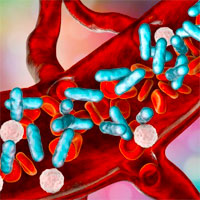
Guidelines for the Management of Septic Shock and Sepsis-Associated Organ Dysfunction in Children
A large cohort of international experts was able to achieve consensus regarding many recommendations for the best care of children with sepsis, acknowledging that most aspects of care had relatively low quality of evidence... read more
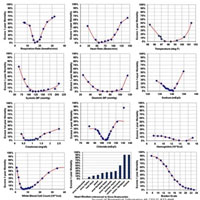
Artificial Intelligence or Merely a Symptom of a Broken Healthcare System?
We are constantly hunting for newer and better sources of information. This leads to a perpetual generation of newer lab tests, different hemodynamic gizmos, and fresh decision tools. Some of these pan out. Most don't. Why... read more
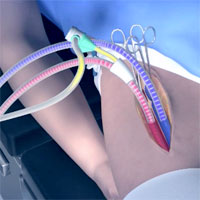
Microcirculation Evolution in Patients on VA-ECMO for Refractory Cardiogenic Shock
Microcirculation is severely impaired in patients with refractory cardiogenic shock requiring venoarterial extracorporeal membrane oxygenation (VA-ECMO). Inability to rapidly restore microcirculation during the first... read more




